Losing a beloved owner is a profound and often devastating experience for dogs, who are creatures of loyalty and love. They form deep bonds with their humans, and when those bonds are suddenly severed, their reactions can be as heartbreaking as they are varied. This list explores the emotional and behavioral ways dogs might manifest their grief when faced with such a loss. Each dog’s journey through grief is unique, reflecting their individual personalities and the special connection they shared with their owner. Here are 13 ways dogs might react when the person they love is no longer with them.
1. They Grieve The Loss Of Comfort and Relaxation
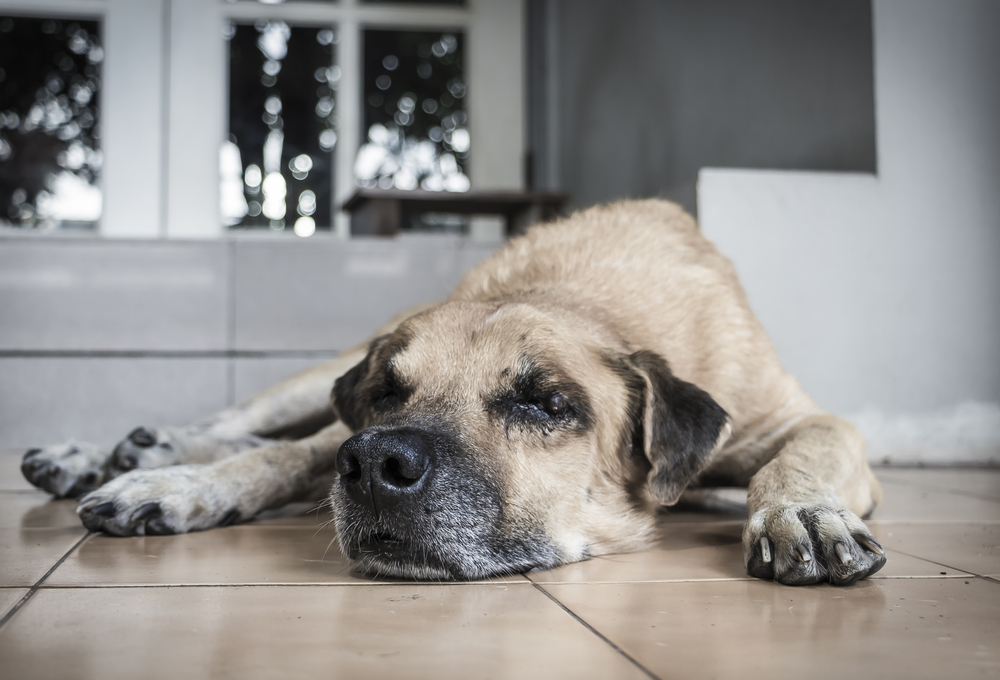
Dogs often find comfort in resting near their owners, but when their human is gone, even lying down can become a challenge. The familiar spots that once brought a sense of safety and warmth might now feel empty and cold. You might notice a dog pacing restlessly, unable to settle in the places they used to nap contentedly. According to Blue Cross, after the loss of an owner, dogs may find it challenging to rest or relax in familiar spots that once brought them comfort. This restlessness can be a manifestation of their emotional turmoil.
In the quiet hours, they may find themselves wandering the house, searching for a presence they’ll never find again. Familiar routines, like evening cuddles on the couch, are replaced by restless movements and unsettled sighs. Their inability to find peace can be a physical manifestation of their emotional turmoil. This restless behavior underscores the significant role their human played in providing stability and comfort. Eventually, with time and care, they may learn to find peace again, but the journey is often slow and filled with poignant reminders of their loss.
2. They Keep Searching For Their Owner
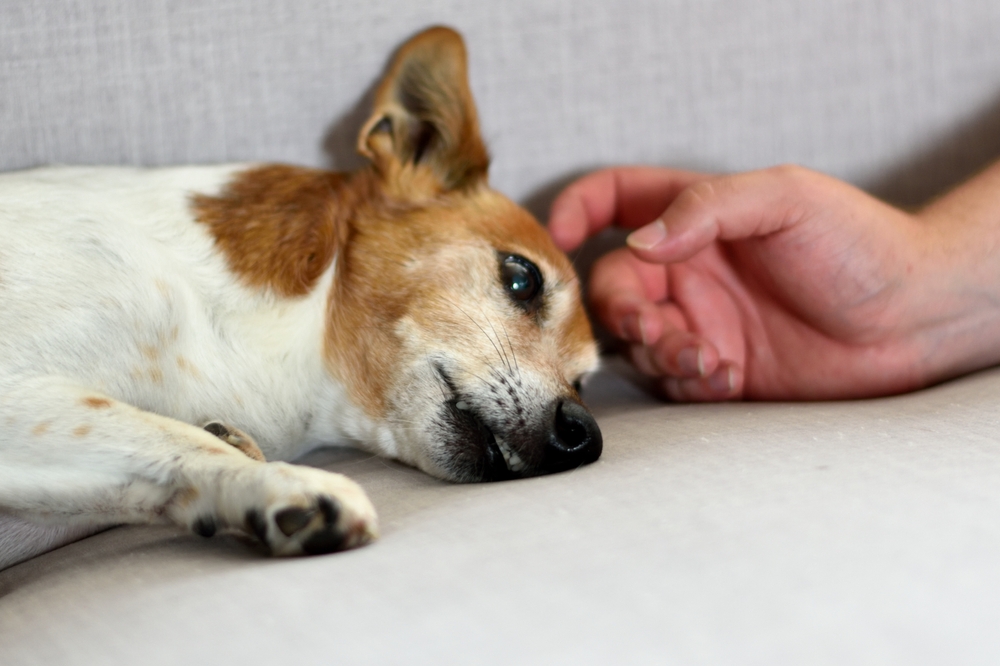
One of the most poignant reactions dogs may show is searching for their owner throughout the house. They might go from room to room, sniffing and looking for that familiar scent, hoping to find their person in their usual spots. This behavior can last for days or even weeks, as the dog struggles to understand the absence. It’s a heartrending sight to witness, knowing they are looking for someone they won’t find. Their search is both a testament to their bond and a display of their confusion and hope.
Every creak of the floor or distant noise becomes a false alarm, igniting a brief flicker of hope. Even the scent of their owner on clothing or furniture can trigger another round of searching, as if they are clinging to the familiar smells as proof of their owner’s existence. Over time, these searches might decrease, but they often linger as a reminder of their undying loyalty. It’s a process that requires patience, as the dog learns to cope with the new reality. Providing them reassurance and love during this period can aid in their adjustment.
3. They Lose Interest In Play
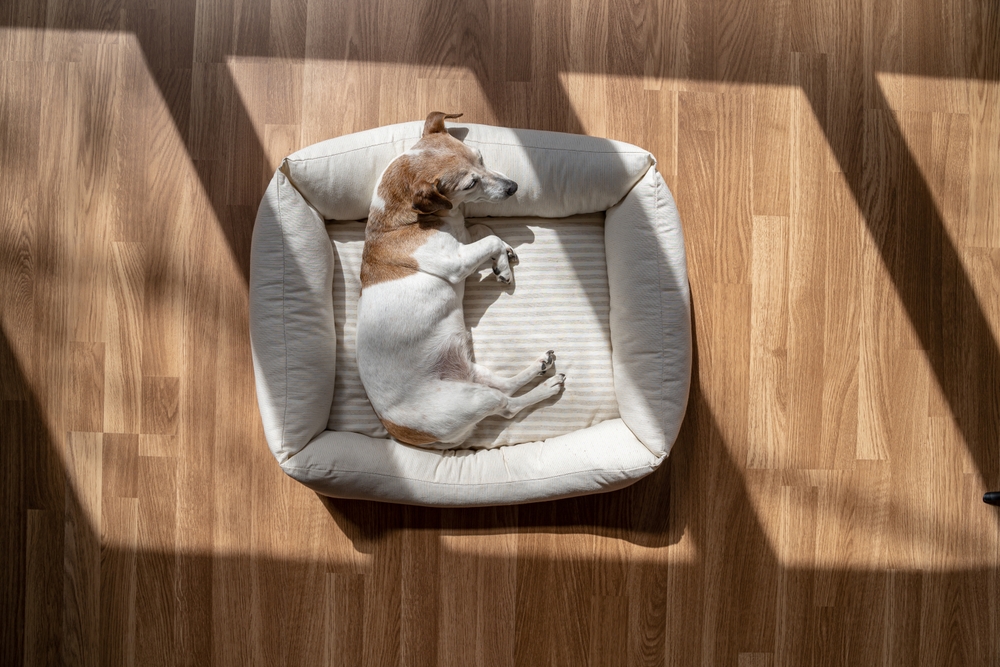
Dogs are often known for their playful, joyful nature, and playtime is typically one of their favorite parts of the day. However, when they lose their owner, their interest in play might diminish significantly. Toys that once brought joy might now elicit little more than a passing glance. Their enthusiasm for fetching a ball or tugging on a rope can wane, replaced by a forlorn disinterest in activities that used to excite them. This shift away from play is a reflection of the emotional void left by their owner’s absence.
The loss of playfulness can be heartbreaking to witness, as their once vibrant energy becomes subdued. Their days might seem longer, filled with lethargy and a general lack of engagement. Encouraging them to play can be challenging, as their heart simply isn’t in it without their beloved human. In time, with gentle encouragement and patience, they may gradually rediscover the joy in play. For now, their lack of interest is a stark reminder of the depth of their loss and the bond they cherished.
4. They Experience Changes In Appetite
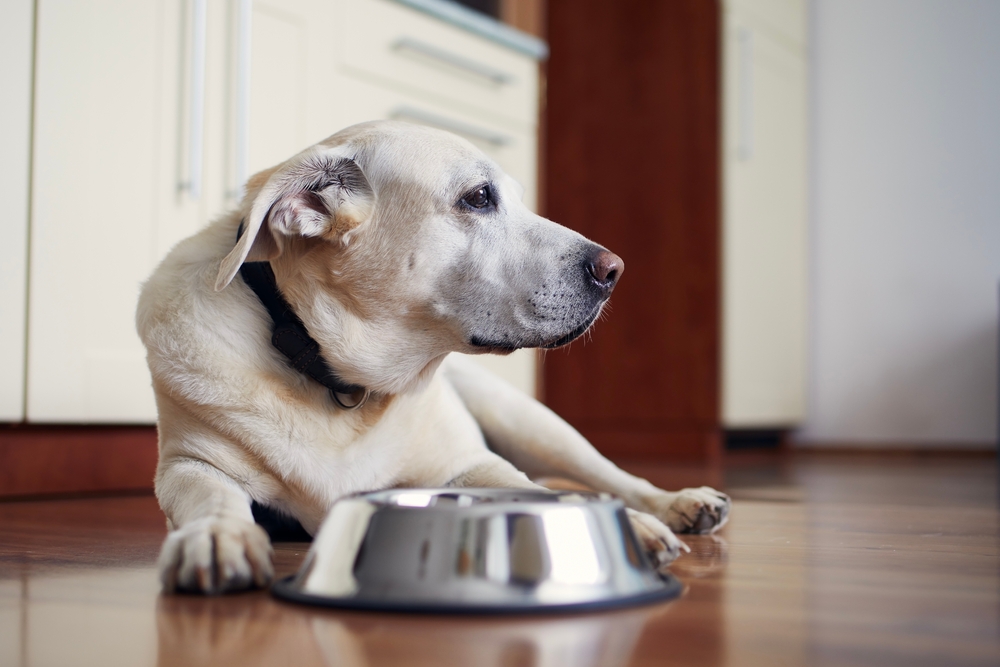
A dog that has lost its owner might exhibit noticeable changes in their eating habits. Some dogs may lose their appetite altogether, as the grief manifests physically, making food less appealing. Meals might go untouched, or they may eat significantly less than usual, showing little interest in their favorite treats. This change can be worrying for caretakers, as proper nutrition is essential for a dog’s health. It’s an emotional response that mirrors the understanding that something significant is amiss.
On the other hand, some dogs might overeat as a way of coping, finding solace in the act of eating. This can lead to weight gain and other health issues if not monitored carefully. Changes in appetite are a common reaction, reflecting the dog’s internal struggle to process their loss. Monitoring their eating habits and encouraging healthy patterns can help them through this difficult time. Gradual adjustments, along with veterinary guidance if necessary, can support their transition toward a more balanced routine.
5. They Become More Vocal
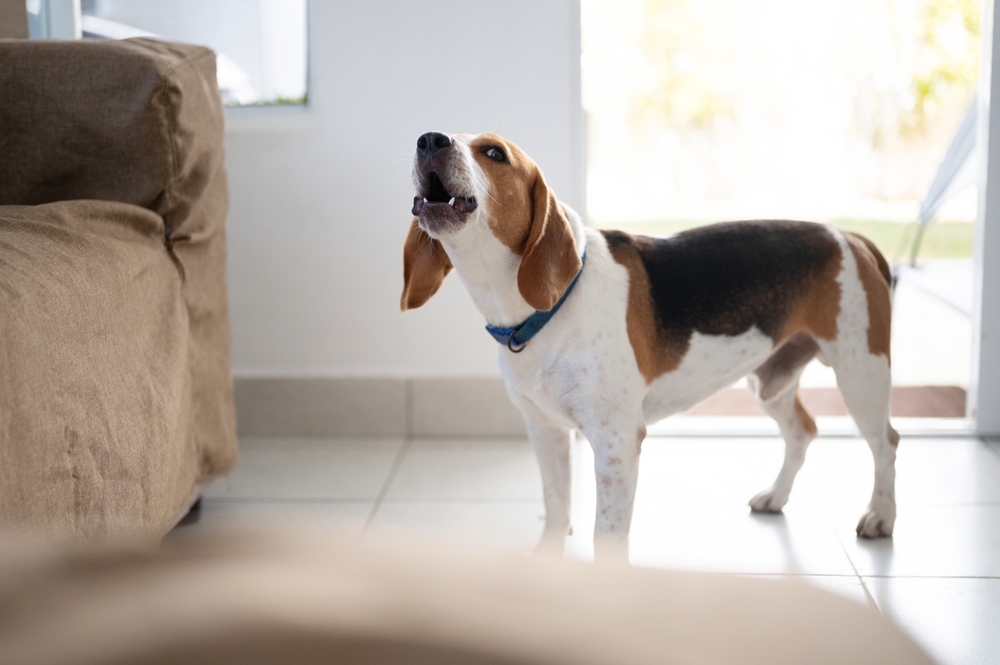
When a dog’s owner passes away, their vocalizations might change, becoming more frequent or intense. A dog that was previously quiet might start barking, whining, or howling more often, expressing their confusion and distress. This increase in vocalization can be their way of calling out for their missing human, hoping for a response that will never come. According to the American Kennel Club, increased vocalizations, such as whining, howling, or barking, can be signs of a dog’s distress after losing an owner. These sounds express their confusion and longing.
These vocal expressions can occur at various times throughout the day, often triggered by specific memories or routines. Even hearing a voice that resembles their owner’s can spark a reaction, as they momentarily think their loved one has returned. Over time, these vocalizations may lessen as the dog slowly starts to adjust to their new reality. Providing comfort and reassurance can help soothe their vocal distress. Understanding their need to express their grief vocally is crucial in supporting them through their loss.
6. They Seek Constant Affection
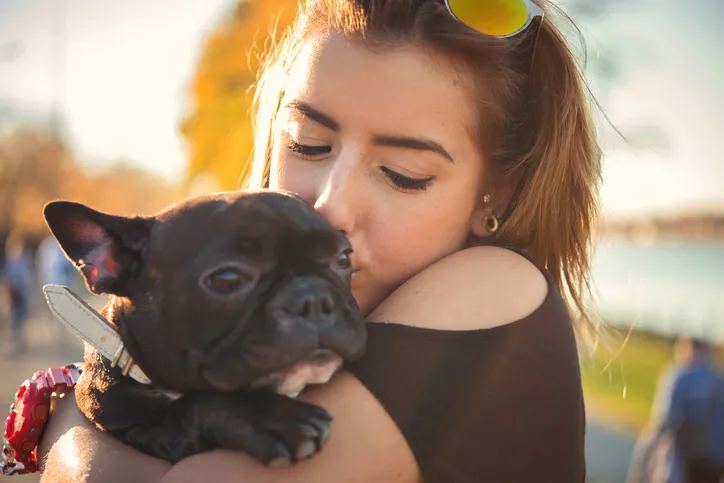
After losing their owner, some dogs might seek out more affection from others around them. They may become more clingy, following their new caretakers around the house to maintain that sense of connection. This increased need for affection can be a coping mechanism, as they search for the comfort that their owner previously provided. They might nuzzle closer, sit on laps, or insist on being in the same room at all times. Their increased desire for physical closeness is a way of filling the void left by their owner’s absence.
In seeking out affection, they are also seeking reassurance that they are not alone in their grief. This behavior, while sometimes overwhelming for new caretakers, is an important part of their healing process. Providing them with the love and attention they crave can help them feel more secure during this period of adjustment. It’s a gentle reminder of the deep bond they shared with their previous owner. As time goes on, their need for constant affection may ease, though their love for companionship will likely remain strong.
7. They Exhibit Signs Of Depression
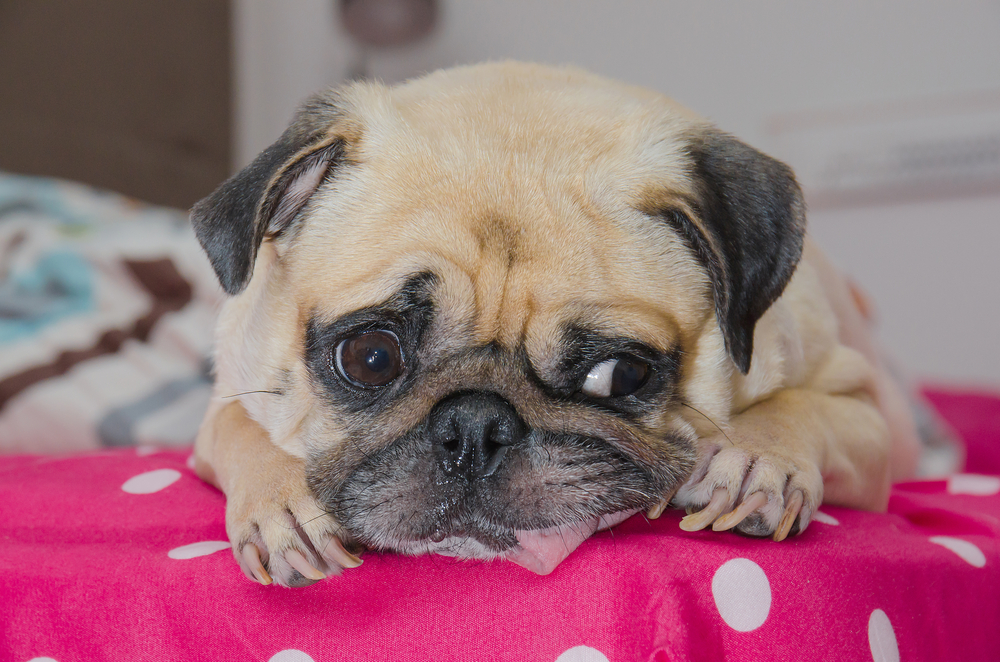
A dog grieving their owner may show signs of depression, much like humans do when they lose a loved one. This can manifest as lethargy, a lack of interest in activities they once enjoyed, and a general demeanor of sadness. They might spend more time lying down, seemingly without purpose or direction, as their energy and zest for life diminishes. This behavioral change is a reflection of their inner struggle to cope with the absence of their beloved human. It can be a slow process, with the dog moving through phases of sadness before gradually beginning to adjust.
During this time, they might show little interest in interacting with other animals or people. Their usual enthusiasm for walks or outings might wane, as they are more inclined to stay in familiar, comforting environments. Recognizing these signs and offering support can help them navigate this difficult period. Encouraging gentle activities, while being patient and understanding, can aid in their recovery. Over time, with the right care and attention, dogs can often find their way back to a happier state.
8. They Protect Their Owner’s Belongings

After an owner passes away, some dogs might become protective of their former caregiver’s belongings. They may gravitate toward items with their owner’s scent, such as clothes, shoes, or even furniture, seeking comfort in these remnants. This behavior reflects their desire to hold onto the connection they had, cherishing whatever is left behind. Dogs might guard these possessions fiercely, not allowing others to touch or move them. This protective behavior is a poignant expression of their loyalty and attachment.
Even the smallest item can become immensely significant to a grieving dog. They might lie beside these belongings for hours, finding solace in the familiar scents and memories they hold. Understanding this behavior can help caretakers manage the dog’s grief and the meaningful connection to these items. It’s important to allow the dog to have access to these comforting possessions during the early stages of their mourning. In time, as they begin to heal, their need to guard these belongings might lessen, reflecting their gradual acceptance of the new normal.
9. They Experience Separation Anxiety
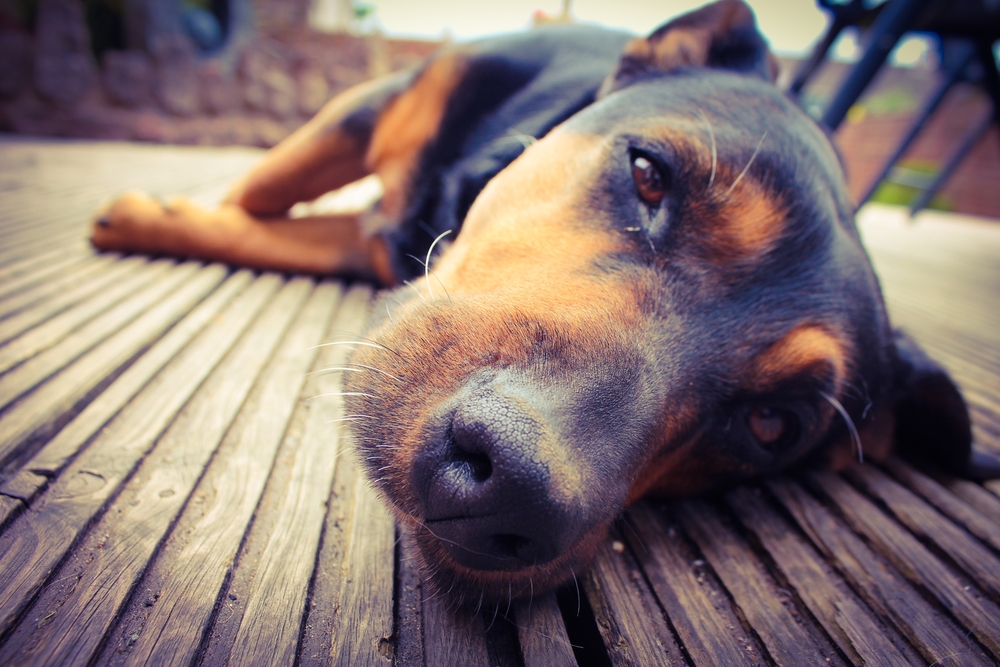
For a dog that has just lost their owner, separation anxiety can become more pronounced. The fear of losing another loved one can make them more anxious when left alone or when their new caretakers leave the house. This heightened anxiety can lead to destructive behaviors, such as chewing on furniture or shoes, as they try to cope with being apart. The dog may also become more vocal when left alone, barking or howling in distress. Their anxiety is rooted in the fear that the new people in their life might disappear as well.
Separation anxiety can manifest in physical symptoms, too, like shaking, panting, or pacing. These signs of distress highlight their struggle to adjust to the changes in their life. Helping a dog through separation anxiety involves gradually building their confidence and sense of security. This process can be aided by maintaining a consistent routine and providing comfort items, like their owner’s belongings or calming scents. Over time, with patience and understanding, they can learn to feel safe and secure once again.
10. They Display New Phobias Or Fears
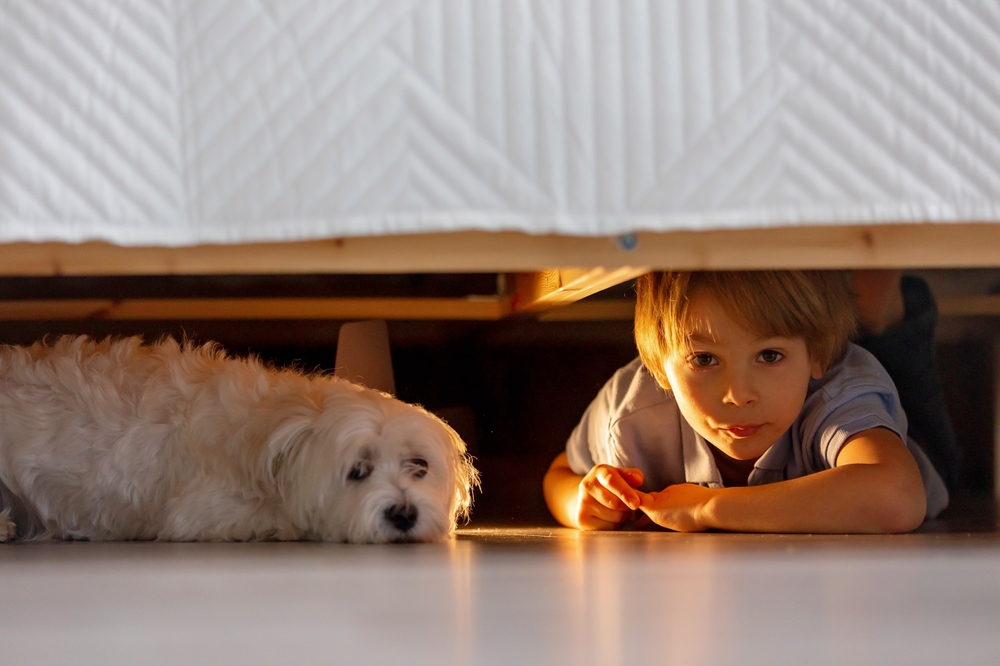
The trauma of losing an owner can leave a dog with new phobias or fears that were not present before. Loud noises, sudden movements, or even being approached by strangers might trigger anxiety or fear responses in a grieving dog. These new fears can directly result from the insecurity and uncertainty they feel in the absence of their owner. Their world has been turned upside down, and they may be more sensitive to environmental changes. This heightened sensitivity can make everyday experiences overwhelming.
Helping a dog through these new fears requires patience and positive reinforcement. Gradually exposing them to their fears in a controlled environment can aid in reducing their anxiety. Providing a safe space where they can retreat when feeling scared can also be beneficial. Over time, with gentle support, they can begin to feel more secure in their surroundings. It’s a process that underscores the importance of understanding and patience during their adjustment period.
11. They Show Attachment To Other Animals
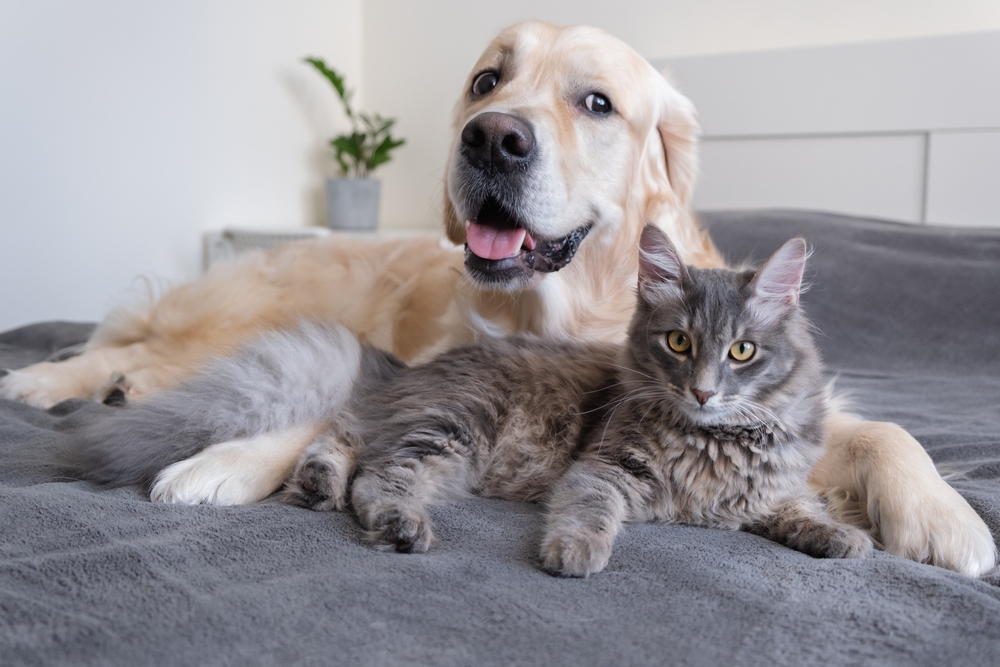
In the wake of losing their owner, some dogs may form stronger bonds with other animals in the household. This new attachment can be a source of comfort and companionship, helping them cope with the absence of their human. They may follow other pets around, seeking reassurance and solidarity in their shared environment. This behavior highlights the dog’s need to connect and bond with those who remain. Their interactions with other animals might become more affectionate, as they lean on them for emotional support.
These new attachments can lead to playful interactions or the formation of new routines, as the dog adapts to their changed circumstances. The presence of another animal can provide a sense of normalcy and continuity in their life. Observing these bonds can be heartwarming, showcasing the resilience and adaptability of dogs in the face of loss. Encouraging these relationships can play a vital role in their healing process. Over time, these connections can help fill the gap left by their beloved owner.
12. They Seek Familiar Scents
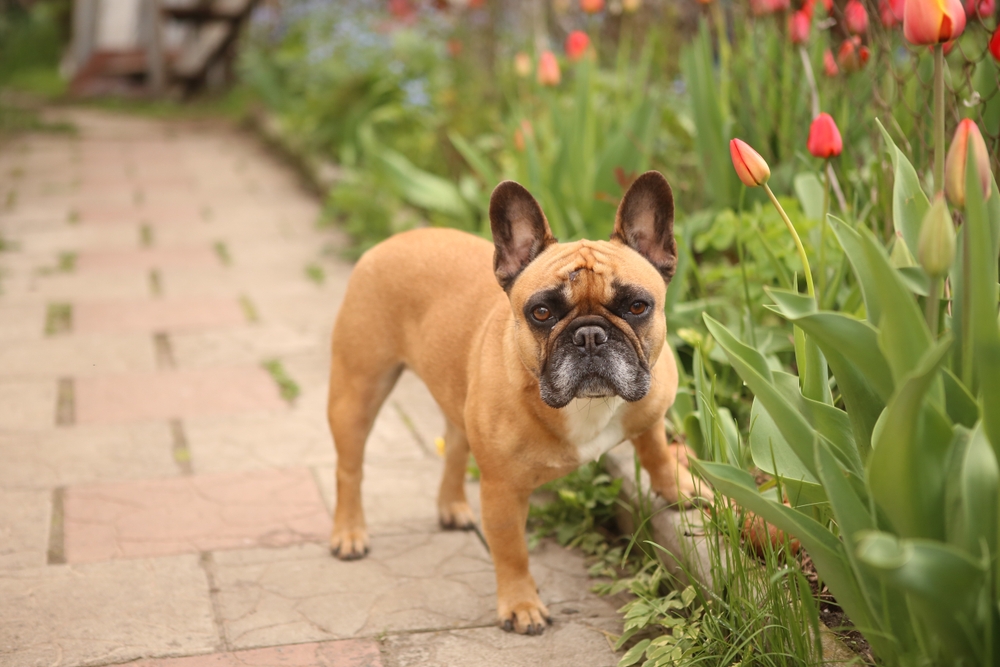
A dog’s sense of smell is incredibly powerful, and when grieving, they might seek out familiar scents as a way to feel closer to their owner. They may spend time where their owner’s scent lingers, like their bedroom or favorite chair, drawing comfort from these areas. Even the scent of the owner’s worn clothing can become a cherished connection, providing a tangible reminder of their presence. This behavior highlights their sensory-driven way of processing loss and finding solace. Their world is, in many ways, defined by smells, and familiar scents can offer a sense of continuity.
This need for scent-driven comfort is a testament to the bond they shared with their owner. By allowing them access to these comforting scents, caretakers can support the dog’s emotional needs during their grieving process. It’s a simple yet profound way for them to remain connected to the memory of their loved one. Over time, as their grief eases, the intensity of this behavior may lessen. However, the healing power of familiar scents will always hold a special place in their heart.
13. They Display Loyalty To The End
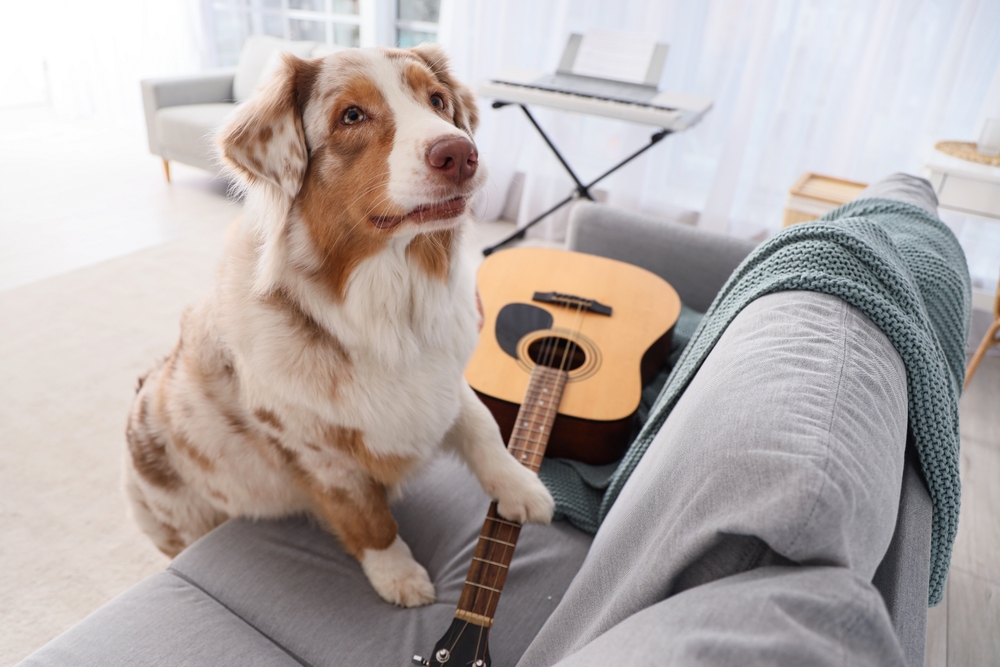
Even after their owner has passed away, many dogs will continue to display unwavering loyalty. They might stick to their owner’s routines, waiting by the door at the usual arrival time or sleeping in their owner’s bed. This loyalty is a testament to the deep bond and love they shared, persisting even in the face of loss. It’s a heartwarming yet heartbreaking reminder of the depth of a dog’s devotion. Their steadfastness provides a poignant glimpse into their enduring love and connection.
This behavior can serve as a source of comfort to the people left behind, illustrating the profound impact the owner had on their dog. Over time, while dogs may adapt to new routines, their loyalty remains a lasting tribute to their beloved human. It’s a beautiful yet bittersweet aspect of their nature, showcasing the endless capacity for love and devotion in dogs. Supporting a dog through this period involves acknowledging and honoring their loyalty. In doing so, they can find new routines while cherishing the bond that will forever hold a special place in their heart.
